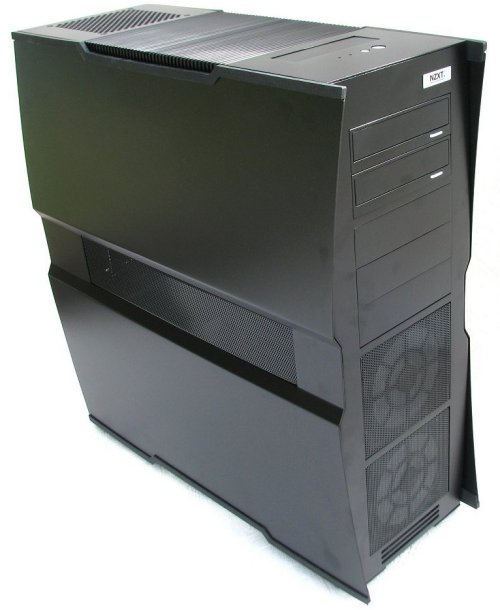More often than not we get the pleasure of testing some of the hottest PC components. From processors to graphics cards, these can sometimes go for well over the $500 mark. And while these very expensive parts are usually targeted at gamers and the enthusiast crowd, you will find it rare to have this same group spending as much on other parts like a case, for example.
I have admittedly been guilty of spending $200 on a case myself, though at first instance walking away from such purchase left me with a rather funny feeling, like I had just been conned or something. But thankfully the purchase turned out to be well worthwhile, and I have never had to look back. Now imagine spending twice that amount, and it's the same scary thought all over again.
Those were our thoughts when NZXT contacted us last June announcing their new flagship Khaos all-aluminum gaming chassis which is selling for nothing short of $400. But believe it or not, there are quite a few cases selling in this price range. The Gigabyte 3D Mercury Pro, for example, also costs $400 and despite of shipping without a power supply, it comes with an impressive water-cooling system installed. The Cooler Master Stacker 830 Evolution is another $400 case, though this case boasts a Real Power Pro 1000W power supply. Considering that a basic 1000 watt unit costs at least $150, the Stacker 830 Evolution is actually not that bad in terms of value.

And so here we are with another $400 case, one that doesn't happen to come from any of the leading brands. In fact, NZXT is better known for their creative looking gaming cases that sell for $150 or less. However, we must respect the company's evident intention of upping the ante with a flagship product of their own.
So what does the Khaos offer for this kind of money? This quickly turned out to be the $400 question as I ripped this case out of its enormous box. Having finally removed the packaging, I proceeded to lift the 34.6 pounds slab of case and dumped it on the nearest desk.
After a quick look inside, things didn't seem to make sense. Where was the PSU, or for that matter the liquid cooling system? Instead, I was faced with three empty fan slots that were flapping around in the middle of the case and a bunch of I/O cables, that was it. I took some extra time to look around, but it still didn't add up, so I decided to get on with the review and along the way try to work out what was so special about this new case.